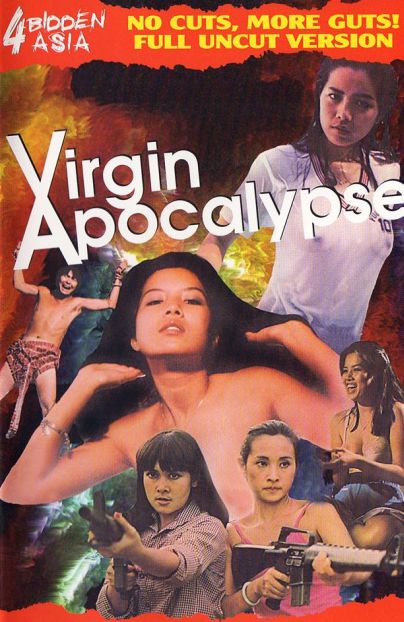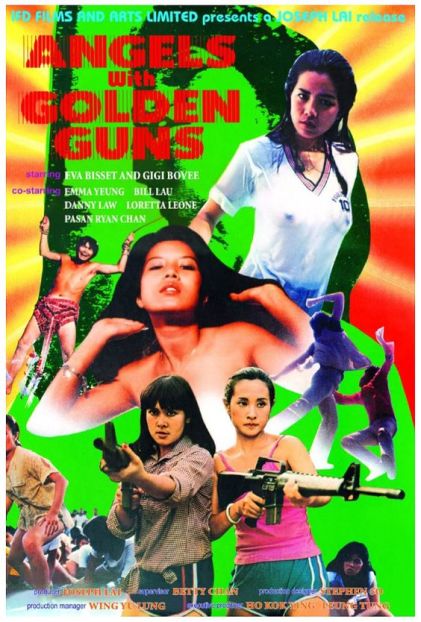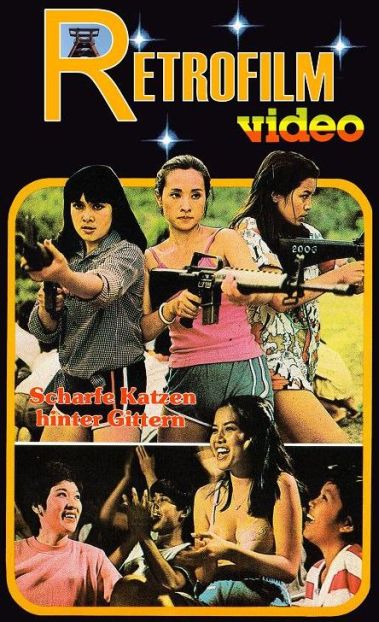It may have under-performed in North America, but as with the previous couple of installments, Alice and crew blew away the competition overseas. Having already taken more in Japan than the US and Canada, the film just opened in China, and also surpassed its entire domestic theatrical run there on Friday alone. It earned $33.6 million on that one day, compared to $26.5 million to date here. The film then took even more on Saturday, and finished the weekend having grossed an amazing $94.3 million. This tally makes it the biggest overseas opening ever in China, according to Sony, and only second all-time behind local production, Lost in Hong Kong.
 The success comes despite the first three films never having received any kind of theatrical release there. This absence was due to a combination of the country’s limited number of “slots” for imported movies, and censorship rules that tend to hammer anything involving ghosts, the dead, etc. For instance, last July, the Ghostbuster remake was denied a release there, for precisely the latter reason, and World War Z was also blocked in China. Though the latter’s ban may have had less to do with zombie killing, and more to do with Brad Pitt; the government haven’t been a fan of his since he made Seven Years in Tibet, which was harshly critical of authorities there.
The success comes despite the first three films never having received any kind of theatrical release there. This absence was due to a combination of the country’s limited number of “slots” for imported movies, and censorship rules that tend to hammer anything involving ghosts, the dead, etc. For instance, last July, the Ghostbuster remake was denied a release there, for precisely the latter reason, and World War Z was also blocked in China. Though the latter’s ban may have had less to do with zombie killing, and more to do with Brad Pitt; the government haven’t been a fan of his since he made Seven Years in Tibet, which was harshly critical of authorities there.
The Final Chapter does not seem to have escaped entirely unscathed. The running time of the “approved” version for China comes in at about eight minutes shorter than the version we saw here in the West, but this does not seem to have had any impact at all on the film’s commercial appeal. As a convenient yardstick, also opening this weekend was the Assassin’s Creed movie, which earned twice as much as RE6 in North America. But in China, its Friday tally was only $6.3 million, earning less than one-fifth of Milla’s moolah.
The success also continues a trend which has seen the franchise increasing its non-domestic box-office percentage almost since the beginning. Below are the figures for each film: the North American box-office, then the overseas box-office, the total, and the percentage of the total derived from foreign territories:
- Resident Evil – $40.1m, $62,9m, $103.0m, 61.0%
- Resident Evil: Apocalypse – $51.2m, $78.1m, $129.3m, 60.4%
- Resident Evil: Extinction – $50.6m, $97.8m, $148.4m, 65.9%
- Resident Evil: Afterlife – $60.1, $240.1m, $300.2m, 80.0%
- Resident Evil: Retribution – $42.3m, $197.7, $240.0, 82.4%
With The Final Chapter coming to the end of its domestic run, its percentage will be skewed even further. The Chinese weekend pushes overseas box-office well past $200 million, so its final percentage of theatrical takings could end up being north of 90% from overseas. Even as these markets become more important, representing 73% in 2015 (it was a minority a recently as 2004), and while that money may not equate dollar-for-dollar, due to different slicing of the piece, it would still be a striking skew. Indeed, it’d be almost unparalleled for any English-language film – although I note that another video-game adaptation, Warcraft, came close, reaching 89.1%.
This may well be Milla Jovovich’s last foray into the Umbrella universe. Yet its continued success worldwide means I’d be very surprised if this is the last we see of Resident Evil as a movie franchise.






 If you want something more cerebral and family friendly than
If you want something more cerebral and family friendly than 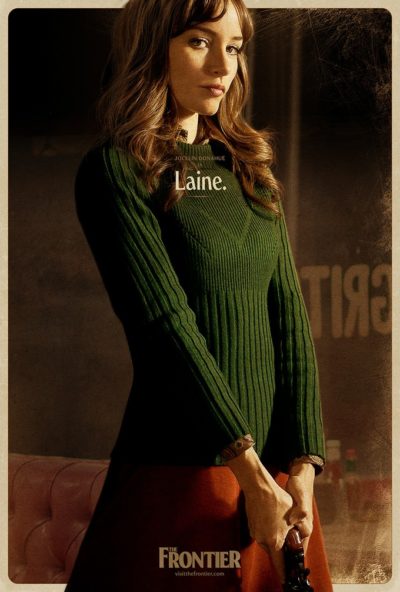 Laine (Donahue) is on the run. From what isn’t immediately clear, but it seems to be something to do with the death of an oil executive. Whatever the reason, she’s staying off the highways and keeping to the back roads. One morning, she wakes up beside The Frontier, a diner/motel owned and operated by Luanne (Lynch), who offers Laine employment, in return for board and lodging. Laine initially rejects the offer, then discovers some other guests are apparently there in the aftermath of an armoured car robbery, which netted them two million dollars. Laine therefore decides it’s in her best interests to stick around, and begins a game of chess with the perpetrators, to see if she can end up walking away with their ill-gotten gains.
Laine (Donahue) is on the run. From what isn’t immediately clear, but it seems to be something to do with the death of an oil executive. Whatever the reason, she’s staying off the highways and keeping to the back roads. One morning, she wakes up beside The Frontier, a diner/motel owned and operated by Luanne (Lynch), who offers Laine employment, in return for board and lodging. Laine initially rejects the offer, then discovers some other guests are apparently there in the aftermath of an armoured car robbery, which netted them two million dollars. Laine therefore decides it’s in her best interests to stick around, and begins a game of chess with the perpetrators, to see if she can end up walking away with their ill-gotten gains. This is set in a world where various kinds of magic exist, alongside humans. The former include shapeshifters, vampires, faes (fairies), mages and the despised “Legacies”. The last-named cover the heroine, Levy Michaels, and that’s a bit of a problem. The reason for the hate, is because some of her kind were responsible, in previous generations, for a very nasty bit of spellcasting called “The Cleanse”; it was basically intended to cause occult genocide, and only narrowly avoided. Since then, Legacies have been harried and hunted by the other kinds. Levy’s late parents taught her to hide her abilities and pass as human, and she does so now, albeit occasionally having to handle those who track her down.
This is set in a world where various kinds of magic exist, alongside humans. The former include shapeshifters, vampires, faes (fairies), mages and the despised “Legacies”. The last-named cover the heroine, Levy Michaels, and that’s a bit of a problem. The reason for the hate, is because some of her kind were responsible, in previous generations, for a very nasty bit of spellcasting called “The Cleanse”; it was basically intended to cause occult genocide, and only narrowly avoided. Since then, Legacies have been harried and hunted by the other kinds. Levy’s late parents taught her to hide her abilities and pass as human, and she does so now, albeit occasionally having to handle those who track her down.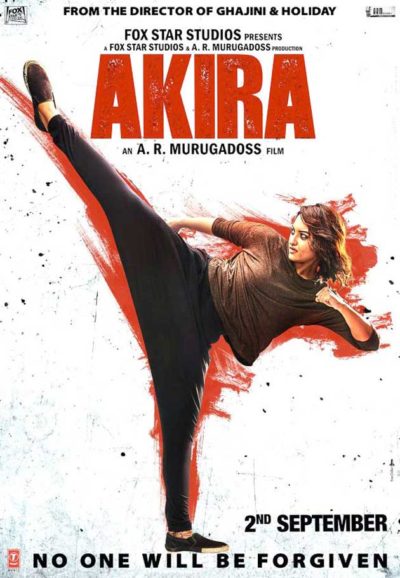 This is the first “true” modern Bollywood action heroine film I’ve seen, and has to be appreciated as such. While we’ve covered a couple of Indian films before, these have either been from outside the mainstream e.g. Bandit Queen, or have carefully corralled the action into socially-acceptable avenues, such as sport in Mary Kom. Neither is the case here, though the ending certainly has its share of hypocrisy, with the heroine being more or less sidelined, “for the greater good”.
This is the first “true” modern Bollywood action heroine film I’ve seen, and has to be appreciated as such. While we’ve covered a couple of Indian films before, these have either been from outside the mainstream e.g. Bandit Queen, or have carefully corralled the action into socially-acceptable avenues, such as sport in Mary Kom. Neither is the case here, though the ending certainly has its share of hypocrisy, with the heroine being more or less sidelined, “for the greater good”.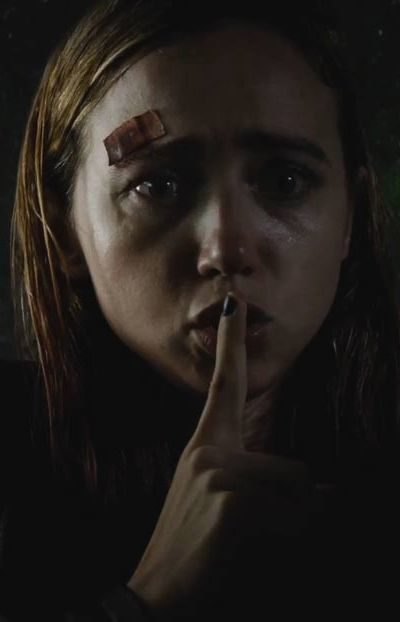 There is a time when a film-maker needs to fall out of love with their script, and approach the resulting movie with a cold, critical eye, analyzing every scene with a single question in mind: Is it essential to the story being told? And if the answer isn’t “Yes”, then the scene needs to be ruthlessly excised. If you don’t, then what results is this film, where a good idea, which could have been lean, mean survival horror at its most stripped-down, becomes instead a cumbersome exercise in social drama.
There is a time when a film-maker needs to fall out of love with their script, and approach the resulting movie with a cold, critical eye, analyzing every scene with a single question in mind: Is it essential to the story being told? And if the answer isn’t “Yes”, then the scene needs to be ruthlessly excised. If you don’t, then what results is this film, where a good idea, which could have been lean, mean survival horror at its most stripped-down, becomes instead a cumbersome exercise in social drama.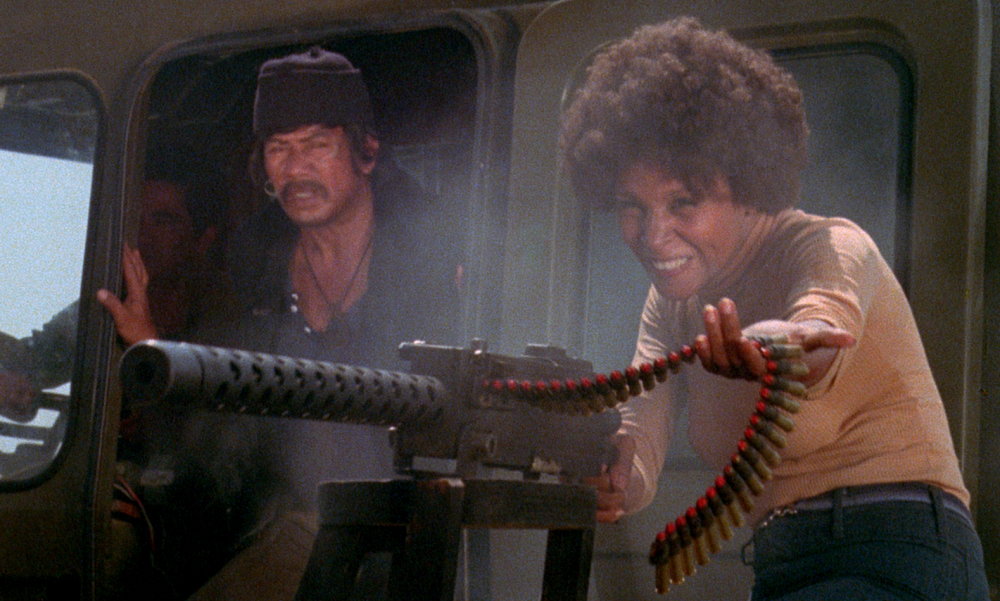 Both Bell and Katon had worked with Santiago before, in
Both Bell and Katon had worked with Santiago before, in 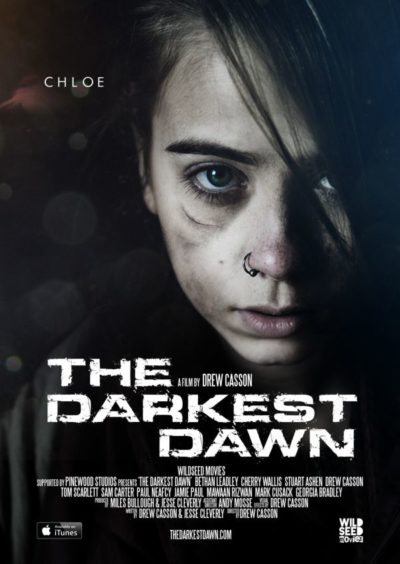 This is apparently a sequel to a previous movie about an alien invasion of Earth (and, specifically, the United Kingdom) from the same director, Hungerford. While I haven’t seen it, this likely didn’t impact things too much here; I sense it’s perhaps closer to a separate story, unfolding in the same universe, than a true sequel. It’s the story of teenage sisters Chloe (Leadley) and Sam (Wallis), with the former getting a video camera for her birthday – just in time for said invasion to kick off, with their family being separated in the ensuing chaos. Toting her camera, Chloe and her sibling take shelter, then scurry through the blasted landscape, facing the threat not just of the extra-terrestrials, but renegade bands of survivors. For it also turns out Chloe, specifically her blood, is a key to the resistance. What are the odds?
This is apparently a sequel to a previous movie about an alien invasion of Earth (and, specifically, the United Kingdom) from the same director, Hungerford. While I haven’t seen it, this likely didn’t impact things too much here; I sense it’s perhaps closer to a separate story, unfolding in the same universe, than a true sequel. It’s the story of teenage sisters Chloe (Leadley) and Sam (Wallis), with the former getting a video camera for her birthday – just in time for said invasion to kick off, with their family being separated in the ensuing chaos. Toting her camera, Chloe and her sibling take shelter, then scurry through the blasted landscape, facing the threat not just of the extra-terrestrials, but renegade bands of survivors. For it also turns out Chloe, specifically her blood, is a key to the resistance. What are the odds?